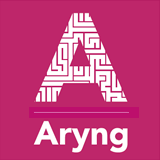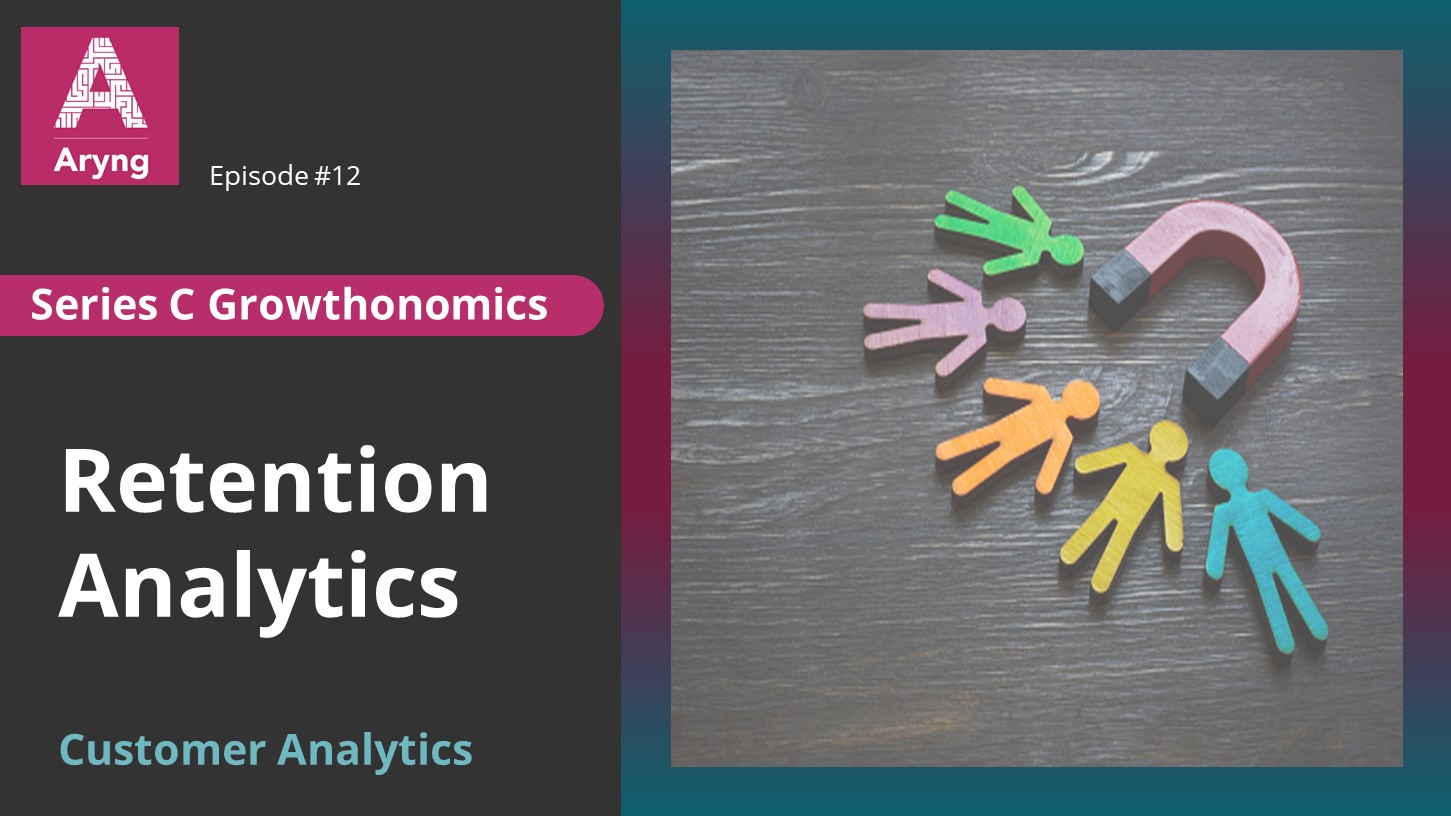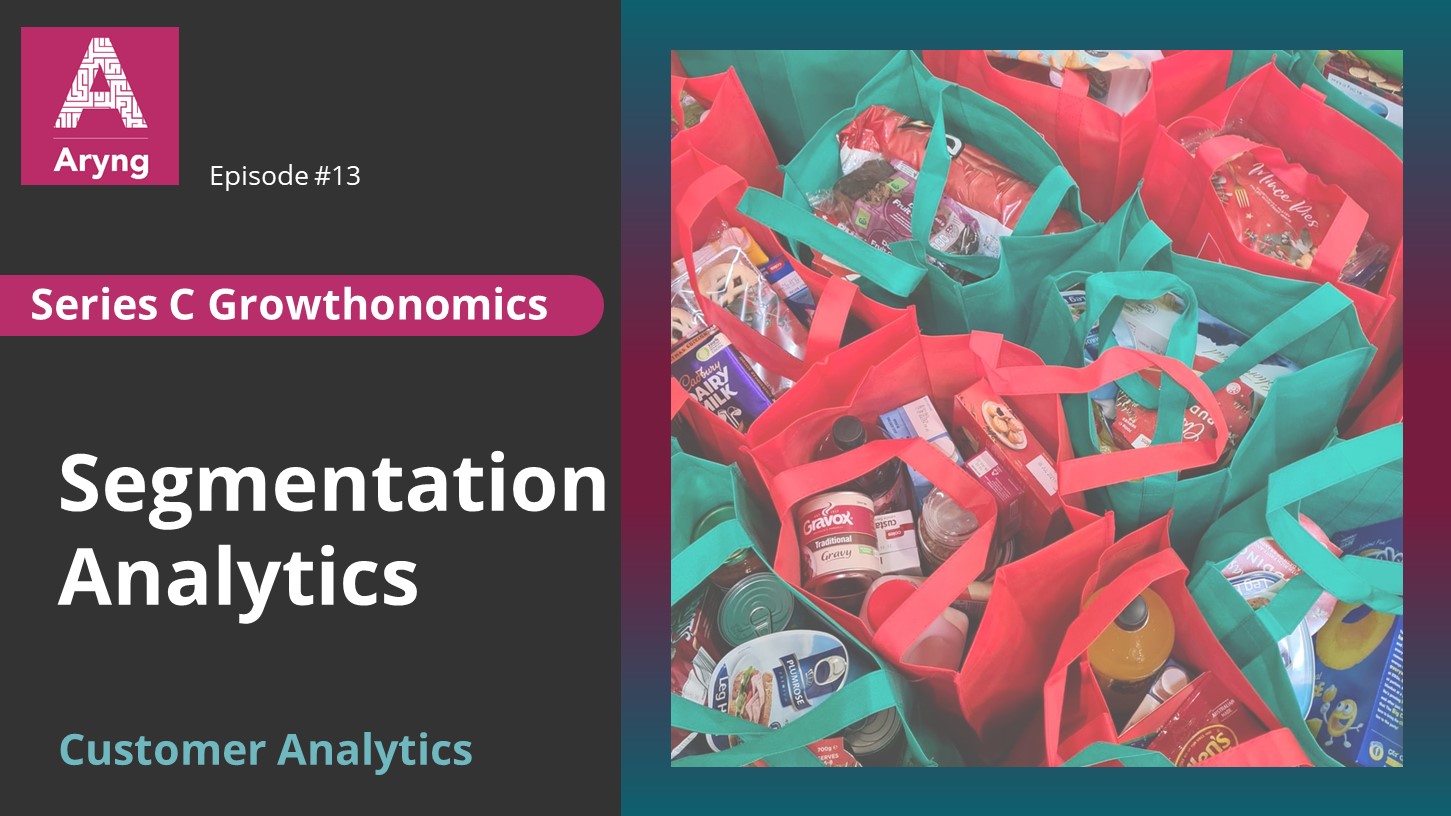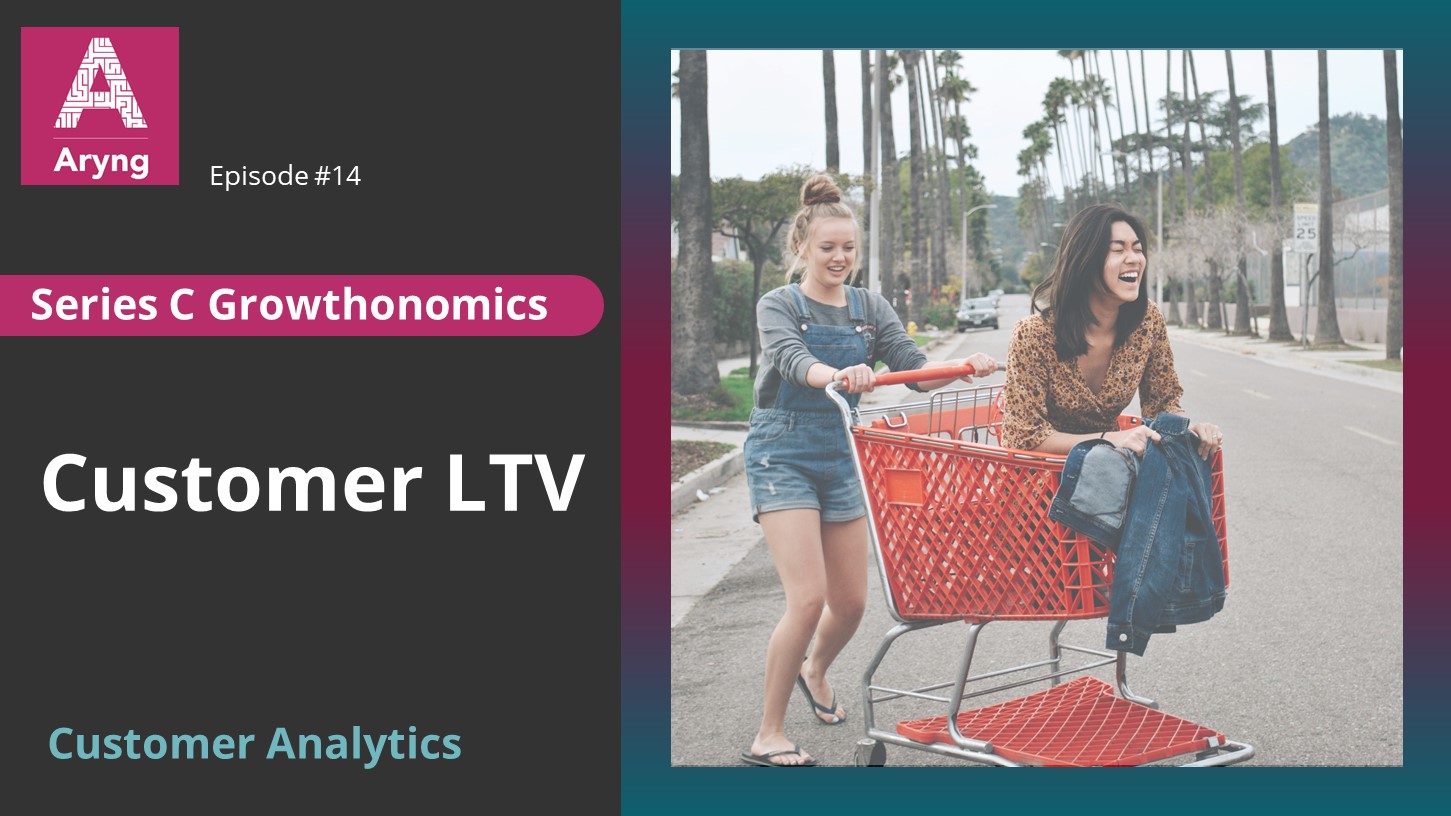For many startups, improved customer retention is the golden ticket to fast and exponential growth. When considering how to leverage your startup’s data to improve retention, predictive analytics is a powerful tool for cracking the code on what motivates customers to stay committed to your new brand.
In this article, we’ll show you how predictive analytics can help you unveil churn patterns, discern why customers leave or remain, and use these insights to anticipate and shape future behaviors.
Step 1: Define Customer Retention
As a startup executive tasked with “increasing retention,” it’s imperative for you to first get to the real business question and define what your stakeholders would consider success. Here are some possible translations of “increase retention”:
- Decrease churn rate: Percentage of customers discontinuing product or service use. If this number is high, look into customer concerns and blockers to renewed purchases.
- Increase retention rate: Percentage of retained customers over a specific period. If this number is low, look into the effectiveness of your current retention strategies.
- Increase repeat purchase rate: Percentage of customers making multiple purchases. If this number is low, look into how you can boost loyalty.
- Increase net promoter score (NPS): Measures customer satisfaction and likelihood to recommend. If you have a low NPS, investigate reasons for customer unhappiness.
- Increase average order value: How much money each customer spends on average when they make a purchase. If this number is low, explore how you can improve your customers’ willingness to spend.
Step 2: Plan the Analysis
Just as selecting the right tools for any job saves time, planning ahead prevents aimless data exploration in the hopes of stumbling upon insights. Many startups fall into the trap of attempting to boil the ocean using predictive analytics looking for insights without being hypothesis-driven.
Rather than expecting the model to uncover all insights independently, having specific hypotheses guides your exploration towards more actionable and valuable findings that will drive revenue more efficiently. Here’s how you can do that:
- Brainstorm: Think of potential hypotheses about what factors might influence your retention rates. Draw on the collective expertise and insights of various departments.
- Investigate: Apply analytical techniques to test the validity of the most probable hypotheses using a systematic and methodical approach. Let these hypotheses guide the analysis process and each should be specific, testable, and relevant to the research question or problem at hand.
- Confirm: Confirm your findings through rigorous analysis and validation processes. This step maintains the accuracy of your insights and builds confidence in its conclusions so that you can make informed decisions and take targeted actions more confidently.
By following this process, you can generate insights that solve your retention problems in ways that may have otherwise not been considered. Depending on the hypothesis, tailor predictive models to your analysis plan and also consider how big of a dataset you have. Here are some examples of analysis methods for commonly used strategies:
- Personalized recommendations: Utilize collaborative filtering or content-based recommendation systems to anticipate products or services of interest based on historical behavior.
For example, an online retail startup may use collaborative filtering to analyze past purchase behavior and preferences, and recommend complementary products to customers. If a customer is buying a camera, the system suggests compatible lenses or accessories. By boosting cross-selling opportunities this way, the startup sees a rise in average order value.
- Churn reduction: Deploy machine learning models, logistic regression, or random forests trained on historical customer data to predict churn likelihood. By proactively engaging customers displaying potential churn indicators, such as low engagement or dissatisfaction, startups can incentivize retention.
For example, we once found a churn driver for a payments orchestration startup this way. Before people started churning, our analysts noticed that their volume of payments through the app had started going down. Based on this insight, we recommended a strategic intervention. The next time a client’s payment volumes went down, the startup would have its representatives call the client and proactively address their issues to prevent likely upcoming churn.
- Automated customer support: Use machine learning algorithms, including natural language processing (NLP), to predict responses based on historical customer interactions, ensuring context-aware automated support.
For example, a startup with an online store that gets lots of questions from customers every day can use machine learning with natural language processing (NLP) to figure out the best answers. By analyzing past conversations, the system learns to understand what customers are asking and gives helpful responses automatically. This makes the support process faster and more accurate, which helps customers feel secure and guided through their purchase journey, improving satisfaction.
- Dynamic pricing optimization: Develop predictive pricing models using machine learning, considering factors like user behavior, market trends, and competitor pricing.
For example, an online hotel booking site can use machine learning to analyze their customer’s preferences. Based on this information, the system can adjust prices in real time to make sure those customers get the best deals for the hotels they’re most likely to book, increasing the likelihood of a repeat purchase and maximizing revenue.
- Enhance product with usage-based feature suggestion: Utilize association rule mining to anticipate feature preferences based on historical usage patterns, enhancing user engagement and satisfaction.
For example, our analysts helped a family location safety app startup identify specific patterns and behaviors associated with increased retention. We found that when customers added a third address, in addition to their home and work address in the app, they were more likely to stay. With this insight, the app’s product team introduced strategies that nudged users to add a third address and saw a correlating boost in retention rates.
Step 3: Derive Insights
Once KPIs are defined and analysis plans established, you’ll now use the predictive analytics model to derive insights to inform decisions. Consider how variables interconnect and prioritize those with the most predictive power. For instance, to predict customer churn, you would:
- Prepare the data: Consolidate data that you’ll need to analyze (demographics, usage patterns, billing information, etc.) from different sources such as transactions, website interactions, inquiries, or social media engagement. Clean the data by removing duplicates, errors, and inconsistencies, fixing missing values, and normalizing the data to ensure uniformity across the sources.
- Select the right features: Identify impactful features that may impact churn such as contract length, monthly charges, and satisfaction ratings.
- Build and train the model: Split the dataset into training and testing sets. The training set would contain historical customer data, including whether each customer churned or not. Use this to train the predictive model you had chosen when you made the analysis plan.
In our example of churn reduction, we might train a random forest classifier in which each decision tree is trained on a random subset of features and data points, and the final prediction is based on the majority vote of all trees. Alternatively, we might use logistic regression to model the probability of two outcomes (churn and non-churn) based on one or more independent variables.
- Evaluate the model: Then evaluate the performance of the predictive model by using the testing set. Evaluate how many predictions are right, how many of the predicted outcomes are true, and how many of the actual outcomes were found. An F1 score combines these metrics to give a balanced view. These numbers help you understand if the model is good at guessing right, finding what’s important, and not missing any important stuff.
- Prediction: When you’re happy with the model’s performance, use it to forecast the outcomes you’re measuring, such as the likelihood of churn or how a campaign might affect the churn rate.
Based on the likelihood of churn, you can implement targeted retention strategies. For example, you may offer special discounts, personalized offers, or proactive customer service interventions to retain high-risk customers.
Step 4: Make Decisions
Informed decision-making requires analytical rigor, strategic foresight, and agile execution. Startups can leverage insights to:
- Prioritize: Not all insights are equally important. Prioritize them based on their potential impact on customer retention and overall business objectives. Focus on actionable insights that directly align with your retention strategies and key performance indicators (KPIs).
- Plan scenarios: Explore various outcomes and contingencies based on the predictive models. By simulating different scenarios, startups can better anticipate potential challenges and opportunities, allowing for more informed decision-making.
- Allocate resources: Direct resources judiciously based on insights with the greatest potential for retention to maximize ROI. Prioritize initiatives that offer the most significant impact on customer satisfaction and loyalty.
When you use predictive analytics to make decisions, it’s important to keep adjusting and improving the models over time. If you’re building a churn model to find addressable issues, deriving insights that address them, and then making those changes, then your model is no longer valid. You will have to update the model with the new changes.
Final Note
While predictive analytics offers valuable guidance, decision-makers must always balance data-driven insights with human judgment, acknowledging the model’s limitations. These insights complement human intuition, enabling startups to navigate uncertainties and evolve in response to changing market dynamics. By nurturing a culture of curiosity and experimentation, embracing data-driven decisions, and harnessing predictive analytics, startup executives can derive game-changing insights about customer behavior to bolster their retention efforts and achieve success in today’s competitive landscape.
If you liked this predictive analytics approach to boosting customer retention, you might like our 5-stage framework on customer retention and how you can improve it at each stage.













